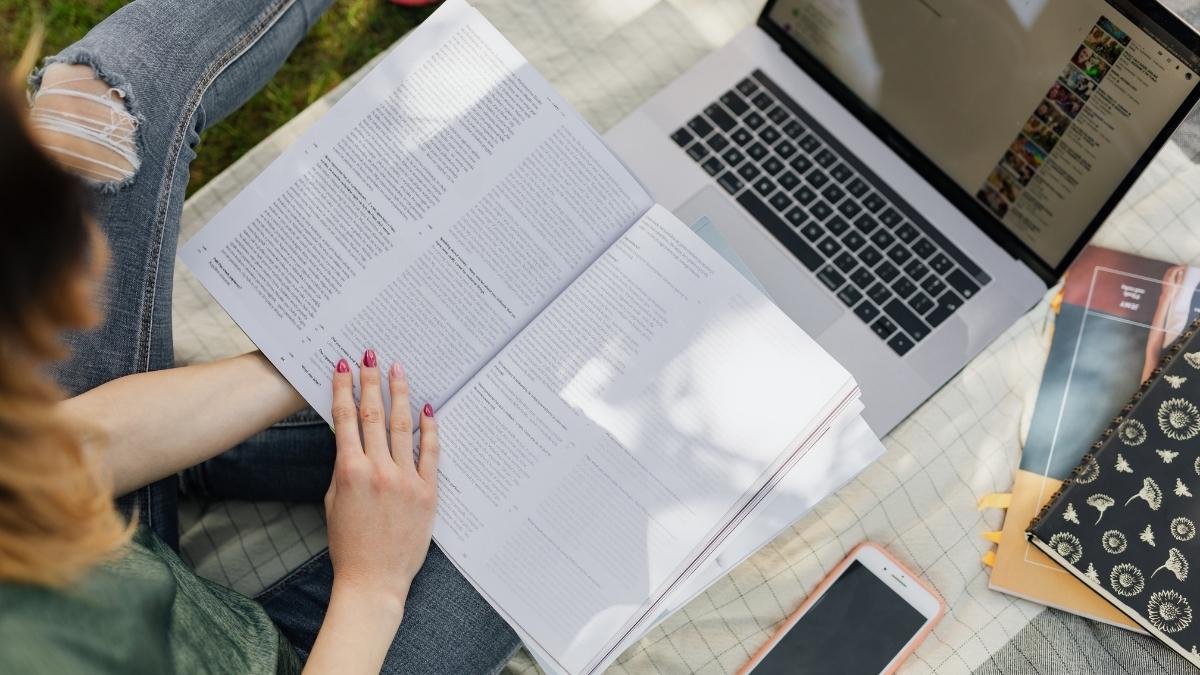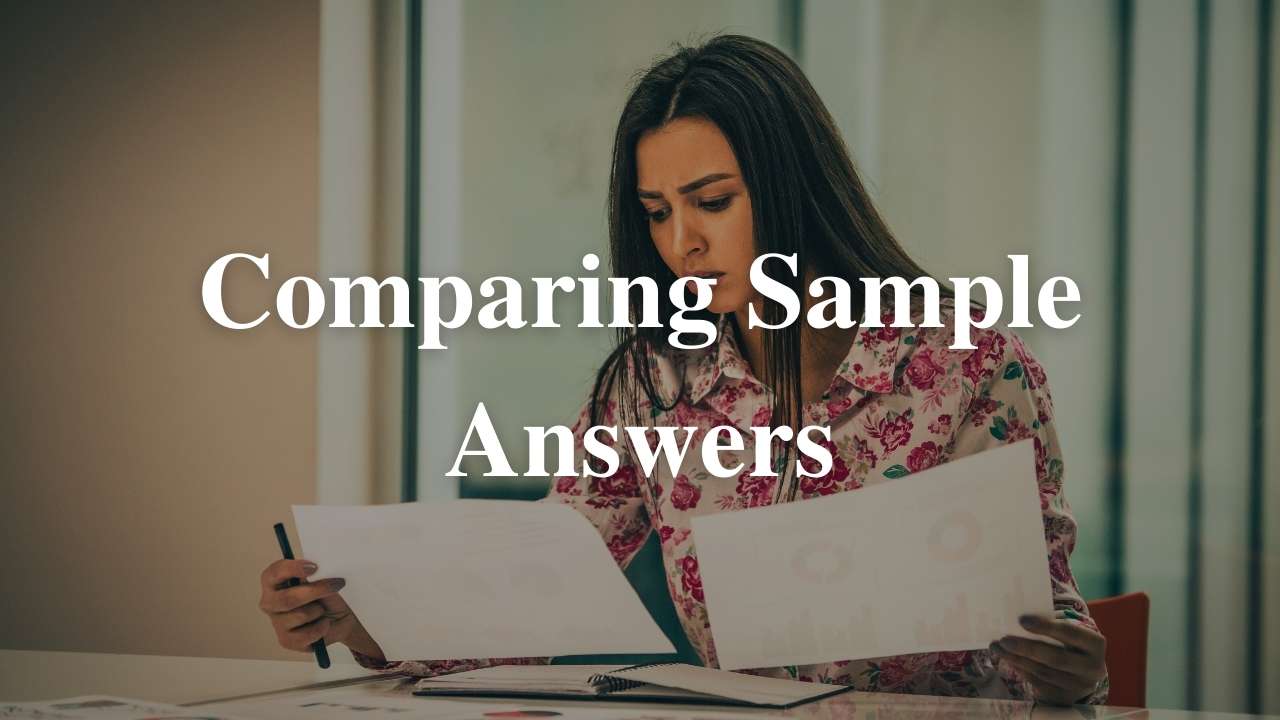Almost every subject has some sort of textbook you are reading and I’m going to go out on a limb here and say that 100% of you are not reading it in the best way. You, probably like me, just read the chapter from start to finish, maybe you highlight some sections or underline them and take a few notes. I know I have been reading textbooks like this for a long time. But THE IS A BETTER WAY! I am currently loving reading a book all about how to learn faster and in the book the author provides a 5-step process to reading a textbook chapter and retaining the information.
Before I provide the steps let me say a couple of things. Firstly, this method works really well. Secondly, any writing in this method must be handwritten, not typed. Thirdly, the reason it works is twofold. One of the things your brain needs to retain information is a scaffold it can connect everything to. So, one of the first things you do in this method is getting a quick overview. The other cool thing is that this method will make your brain ask questions and want answers to them. Your brain doesn’t like open loops. We all hate only hearing part of a song we love. The song will be stuck in our heads until we hear the full song. We don’t like watching part of a movie because our brain wants to know how the story ends. This method of reading the textbook leaves open ends your brain wants answers to and only at the very end provides those answers.
But let’s get to it. How do you study a textbook so that you remember it?
1. Look at the pictures, graphs, and tables in the chapter.
The first thing you want to do is look through the chapter and check out the pictures in it as well as any graphs or tables. Anything that is not words. This is just getting your brain warmed up for the reading, but also should start to get your brain asking questions, like why is this picture in a chapter on this topic.
2. Read the headings and layout a mindmap
Ok, this is a bit more work but it is super important. What you are doing is providing your brain with an overview of the key topics in the chapter. The mindmap is creating the scaffold your brain needs in order to store the new information in long-term memory. It is helping you identify aspects of the chapter you already know and can connect new information to and at the same time should continue to stimulate more questions about the chapter and its content.
3. Check out any new terms and define them
Often textbooks will use words that are specific to the topic being covered. Something like epidemiology or hypertrophy might be new terms for you and it is important to get a definition for them. You can look these up, often the chapter supplies a definition for you, and write the definition down. Writing it down by hand helps you remember things and also provides somewhere you can go quickly to get the definition you need.
4. Skim read the chapter
That’s right. Do not read the chapter yet. You first want to run your finger down the middle of the page or if it is in columns the middle of the text column and just skim read the chapter. Do this fairly quickly. You are not trying to read it, just get a general gist of the content. This is key because it should open a few loops on the information for your brain but not close them. This generates interest, curiosity, and questions. You are getting a general overall idea of the chapter, but also driving your brain a bit crazy because your not providing it with all the answers.
5. Read the chapter and finish the mindmap
Ok, you can now read the chapter. Read every word and then finish off your mindmap. Note, you read the whole chapter and then go to your mindmap and finish it off. Do not stop reading in order to take notes or add to the mindmap. This is critical. Your brain will put things together better if you read it all in one go. You also want to make sure your mindmap is in your own words, not a copy and paste from the textbook. You can always look back through the chapter to make sure you got a section of your mindmap right, just do this after you finish reading the chapter.
This will take so long!
I hear you. I know you are saying this is going to add so much more extra time to your reading of the textbook, but let’s check that. Step one will only add 1-3 min. Step 2 might take a little longer, let’s say 5-10 min (remember the chapter headings are already provided for you, and they are going to follow your syllabus really). Step 3 might take 5 min and then step 5 you were going to do anyway. So we are adding at most 20 min to your reading. But you are also not re-reading the chapter. You have a mindmap to put on your wall to use for study, and you are going to actually retain much of the information ready to be retrieved.
Bonus Step
As an extra step you want to put your mindmap up on your wall somewhere you will see it regularly. Maybe your bathroom near the mirror where you brush your teeth, or on the back of your toilet door. You then want to make sure you try and reproduce the mindmap from memory the next day and then again 2 days later, then a week later, a month later, and a term later. If you do this you should be able to recall the whole mindmap. You are then ready to apply it in your exam.






